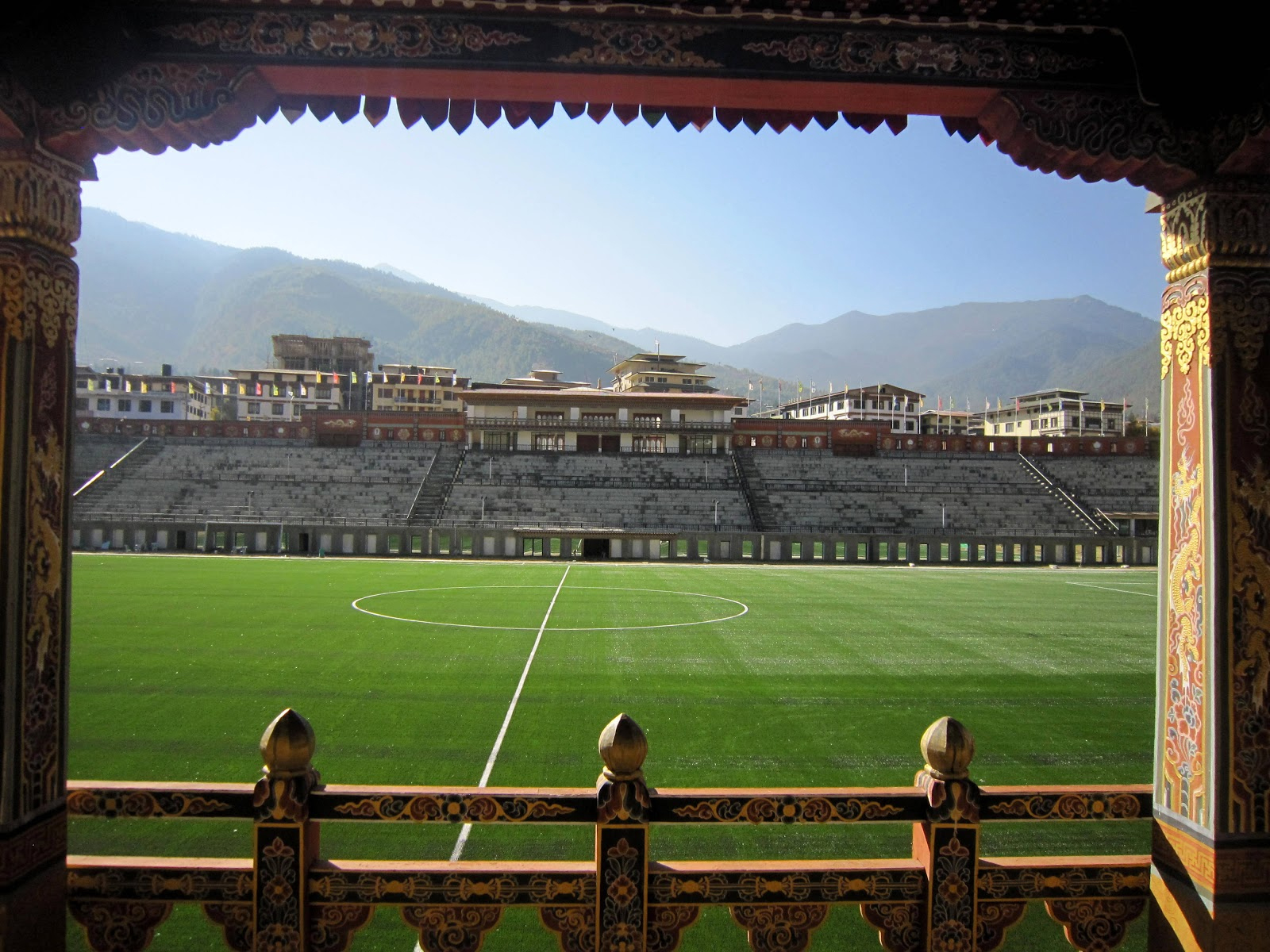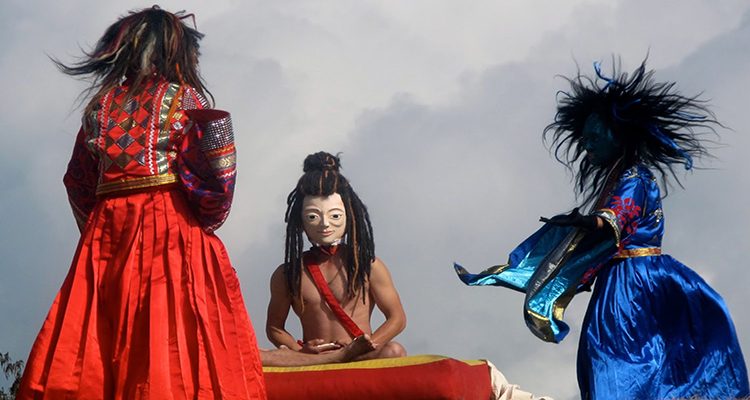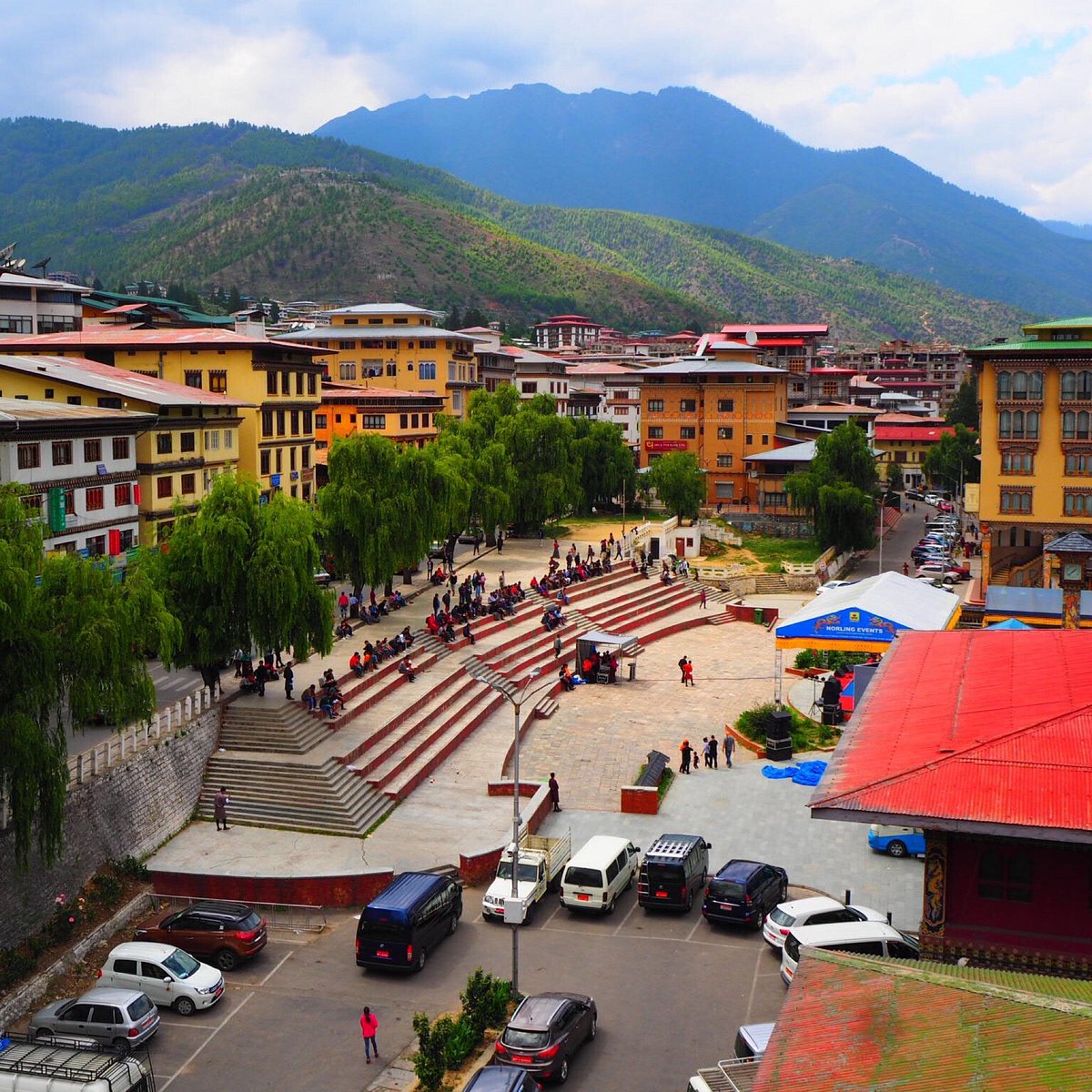1. Overview
Haa Valley, located in the westernmost region of Bhutan, is one of the country’s most picturesque and least-visited valleys. Cradled by mountains and dotted with traditional farmhouses, this serene valley offers a glimpse into Bhutan’s untouched natural beauty and authentic rural life. It is known for its spiritual landmarks, alpine forests, and the annual Haa Summer Festival celebrating local culture, sports, and cuisine.
Location – Google Maps Link
2. History
- Once a restricted area, it was opened to foreign tourists only in 2002
- Believed to be one of Bhutan’s oldest inhabited valleys
- Home to the ancient Lhakhang Karpo (White Temple) and Lhakhang Nagpo (Black Temple)
- Haa means “hidden” in Dzongkha, symbolizing its seclusion
- Connected to the legend of the tantric saint Guru Padmasambhava
- The valley is guarded by three sacred hills known as “Three Brothers”
- Located near the Doklam plateau, historically significant for Bhutanese defense
- The valley supports sustainable agriculture and yak herding
- Hosts the vibrant Haa Summer Festival every July
- Important for its role in preserving indigenous traditions and folklore
3. What Makes Haa Valley Popular?
Haa Valley is admired for its tranquility, traditional Bhutanese lifestyle, and spiritual heritage. Unlike more commercialized areas, Haa offers an authentic retreat into rural Bhutan. The landscape, filled with alpine meadows, pine forests, and sacred sites, draws trekkers, photographers, and culture seekers alike.
4. Overall Ratings (1 to 5 Stars)
Overall Rating: ⭐⭐⭐⭐⭐ (5/5)
Historical Significance: ⭐⭐⭐⭐☆ (4/5)
Scenic Beauty: ⭐⭐⭐⭐⭐ (5/5)
Cultural Experience: ⭐⭐⭐⭐⭐ (5/5)
Accessibility: ⭐⭐⭐⭐☆ (4/5)
5. Weather
Best Time to Visit: April to June and September to November
Temperature Range: 5°C to 20°C
Cool climate ideal for trekking and outdoor exploration
6. Nearest Five Hotels
- Risum Resort – Peaceful hotel with valley views and Bhutanese charm
- Soednam Zingkha Heritage Lodge – Traditional farmhouse converted into a boutique stay
- Lechuna Heritage Lodge – Restored heritage property offering cozy rooms and local food
- Yangthang Village Homestays – Stay with local families for an immersive experience
- Haa Valley Eco Lodge – Sustainable lodging with access to nature trails
7. Timings
Open: Daily
Hours: 24 hours open for visitors
Public landmarks such as temples have specific opening times (typically 9:00 AM to 5:00 PM)
8. Time Required to Visit
Visit Duration: Half-day to full-day trip
Extended stays of 1–2 nights recommended for nature walks and cultural immersion
9. Entry Fees & Ticket Booking Details
Entry Fee: Free
Booking: No ticket required; arrangements typically handled by travel agencies or tour guides
10. Things to See & Do
- Visit Lhakhang Karpo and Lhakhang Nagpo temples
- Attend the Haa Summer Festival in July
- Explore the scenic Chele La Pass en route to Haa
- Hike or cycle through alpine forests and village trails
- Experience traditional Bhutanese food and crafts
- Stay in heritage lodges or local homestays
11. Best Time to Visit
Season: Spring and autumn for pleasant weather and festivals
Time of Day: Morning to early afternoon
Day of Week: Any day—weekdays are quieter
12. Nearest Parking Spots
- Designated parking available at most temples and lodges
- Ample road space near major viewing points and guesthouses
- Tour vehicles can easily access main village and sites
13. Tips for Visitors
- Dress modestly and carry warm clothing, especially in evenings
- Respect local customs and religious sites
- Homestays may not have modern amenities—embrace the simplicity
- Carry cash as digital payments are limited
- Bring a camera for stunning panoramic shots and local culture
14. How to Reach the Place
By Car: Around 3 hours (70 km) drive from Paro via Chele La Pass
By Taxi: Taxis available from Paro or Thimphu, but fare should be negotiated in advance
By Tour: Included in many cultural and nature-based tour packages
15. Nearby Attractions to Combine for the Visit
- Chele La Pass – The highest motorable pass in Bhutan
- Paro Taktsang (Tiger’s Nest) – Can be visited before or after Haa
- Kila Goemba Nunnery – Sacred cliffside monastery near Chele La
- Haa Dzong – Historic fortress now used for administrative purposes
- Wangchulo Dzong – Another important administrative and religious site



